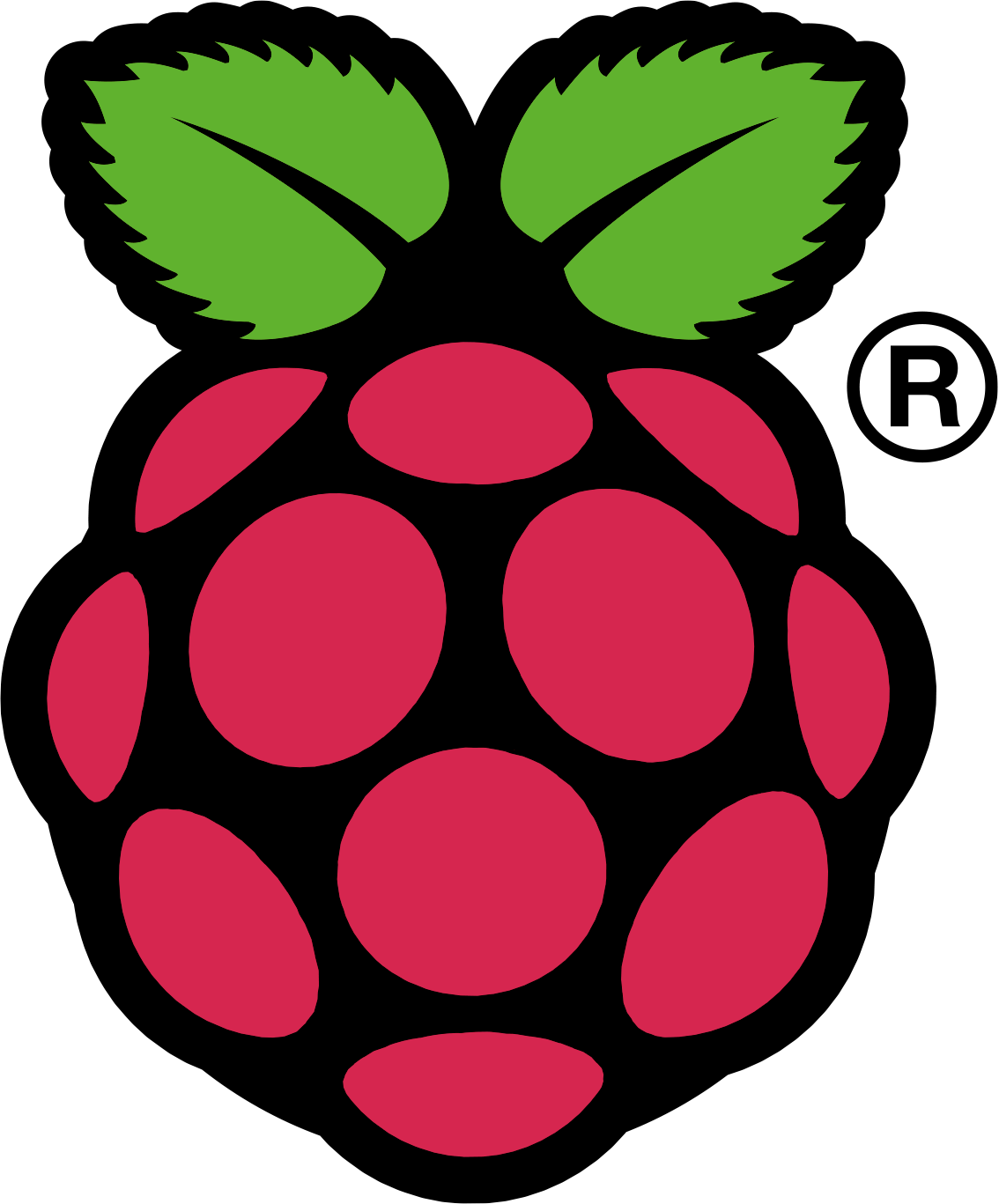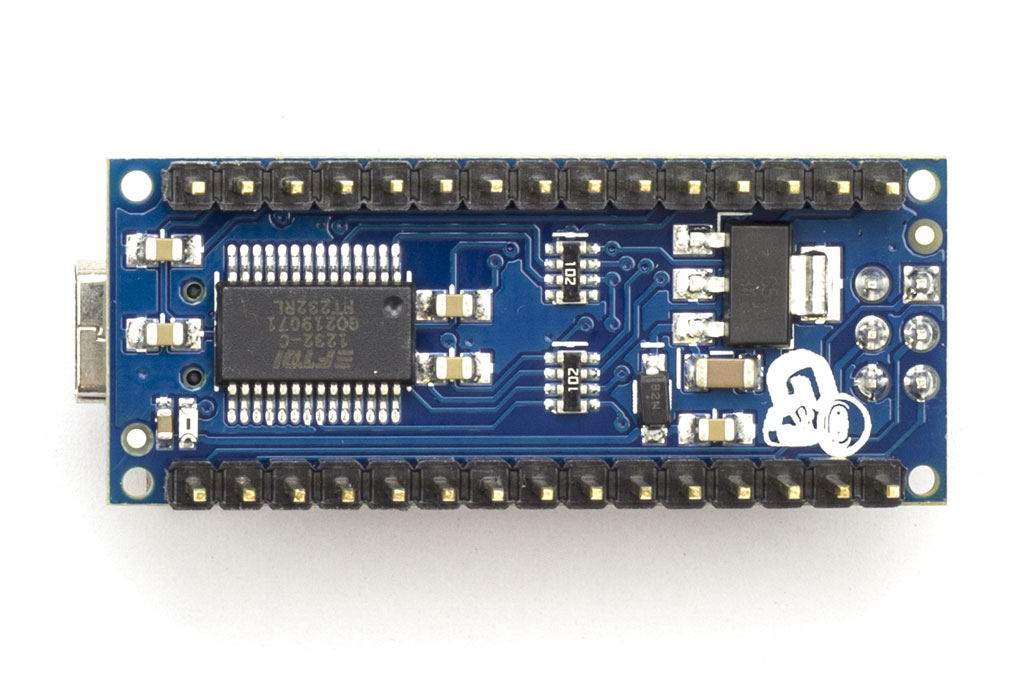Nic has been playing around programming LED matrices for over 12 months. David and Nic conversed about possible collaborations and how LED matrices could be used to teach young people basic binary and LED matrix coding with an Arduino Graphical User Interface (GUI).
Nic is going to further develop this concept and make a usable programming tool to be used in workshops with young people.
David was very inspired by Nic's LED matrix experiments and started to play around with Adafruit LED Matrix kits controlled by a Adafruit Gemma (Arduino) microcontroller, and powered via rechargeable Lithium Polymer battery. Adafruit products are very easy to use as you can download free sample code libraries online from their website.
David constructed two different Adafruit LED Matrix kits:
David constructed two different Adafruit LED Matrix kits:
Adafruit Mini 8x8 LED Matrix w/I2C Backpack - Blue
Adafruit Small 1.2" 8x8 LED Matrix w/I2C Backpack - Red
David used these build/programming/sample code instructions for Space Invader and Smiley face LED matrices shown in the video below;
The next step was to experiment with incorporating the LED Matrices into Toy Hack artefacts;
The Adafruit Toy Hack kits costs about £20, which is not cheap, but is a fun thing to make and play with. The additional cost is the computer you require to run the Arduino software.
Within the Arts Council R&D CommuniToy project we have been testing Raspberry Pi;

The Raspberry Pi is a low cost, credit-card sized computer that plugs into a computer monitor or TV, and uses a standard keyboard and mouse. It is a capable little device that enables people of all ages to explore computing, and to learn how to program in languages like Scratch and Python. It’s capable of doing everything you’d expect a desktop computer to do, from browsing the internet and playing high-definition video, to making spreadsheets, word-processing, and playing games.
What’s more, the Raspberry Pi has the ability to interact with the outside world, and has been used in a wide array of digital maker projects, from music machines and parent detectors to weather stations and tweeting birdhouses with infra-red cameras. We want to see the Raspberry Pi being used by kids all over the world to learn to program and understand how computers work.
Nic and David are going to experiment with using Arduino software installed on a Raspberry Pi to program LED matrices. We are going to test using a Arduino Nano microcontroller instead of the Adafruit Gemma as this will provide a lower cost microcontroller solution.

Bespoke CommuniToy
Robotic CommuniToy
Robotic CommuniToy

No comments:
Post a Comment